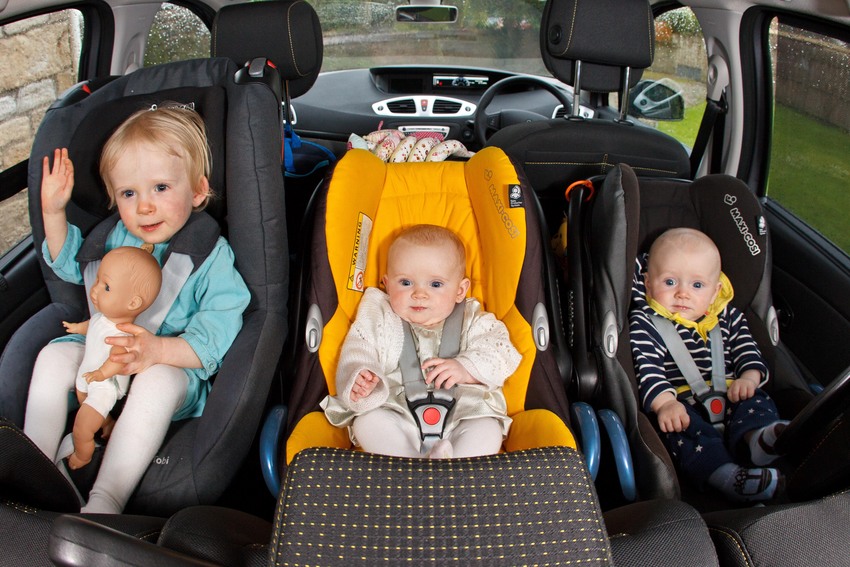Officers from the Traffic Group of the Guardia Civil, in addition to those of the local and regional police that joined the campaign, carried out, between April 4 and 10, a special belt surveillance and control device safety and child restraint systems, both on urban and interurban roads.
In these seven days, a total of 356,510 vehicles have been controlled, in which 4,607 infractions have been detected by drivers or passengers who did not use the statutory retention system.
The most worrying aspect of the complaints filed has to do with the number of minors traveling without any child restraint system, which continues to increase campaign after campaign.
On this occasion, the officers from the Guardia Civil detected 280 minors, with a height of less than or equal to 135 cm, who were travelling without using this security device or did so incorrectly, 213 in the rear seats and 67 in the front.
It should be remembered that, in order to avoid this type of behavior, the recently released Traffic and Road Safety Law has raised the points lost for not using the appropriate child restraint system or not doing it correctly to 4, in the same way that has been done with the non-use of the seat belt.
If wearing a seatbelt halves the risk of death in the event of an collision, in the case of children the use of child restraint systems is even more important since data shows that nine out of ten serious childhood injuries or fatalities would have been avoided if mandatory restraint systems had been used. In addition, in the event of a collision, injuries are reduced by up to 75% with proper use of them.
Seat belt
In the case of the seat belt, of all the complaints filed for not using it, 77% occurred on conventional roads, a particularly worrying figure since this type of road continues to be the most dangerous and where the highest number of fatalities are recorded. .
If we take into account the data of drivers who did not use a seat belt, half were aboard a private car.
In addition, the number of passengers who did not wear a seat belt or did not do it correctly also rises. Specifically, 2,115 passengers, 1,101 in the front seats and 1,014 in the rear seats, were also penalised for this reason.
In this sense, the DGT reminds once again that the belt is also essential in the rear seats since in the event of a frontal impact, for example, the probability that an occupant of those seats fatally hits another passenger in front can be up to 8 times greater.
Without a seat belt, at 80 km/h the passengers in the rear have no way of holding on and are projected with those in front with a force equivalent to hitting a 1,200 kg ball at 10 km/h, which could kill or seriously injure the occupants of the front seats.





